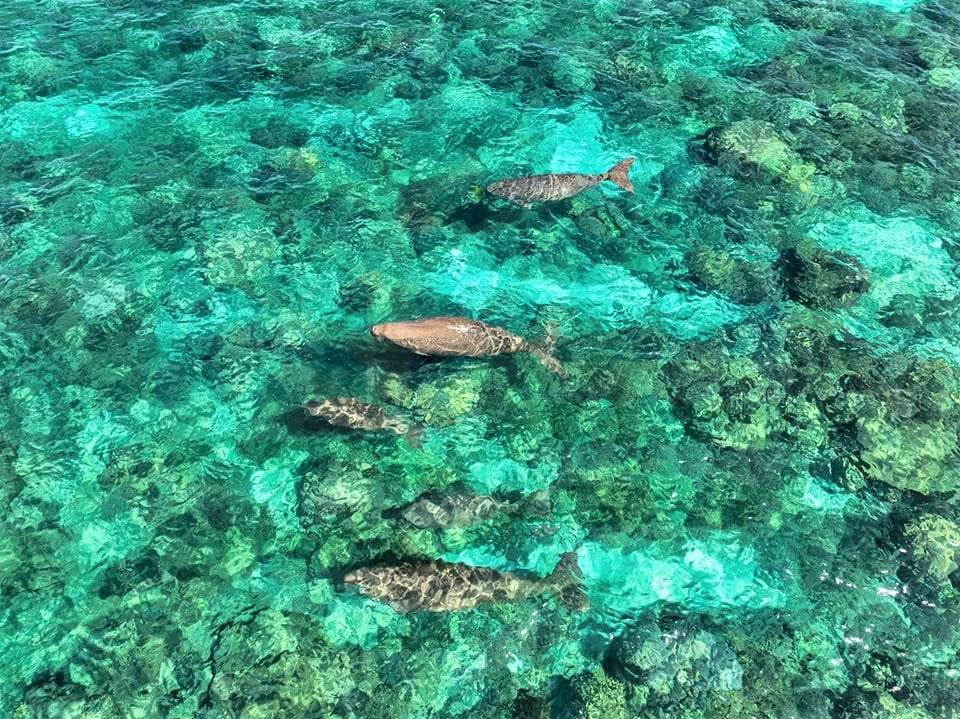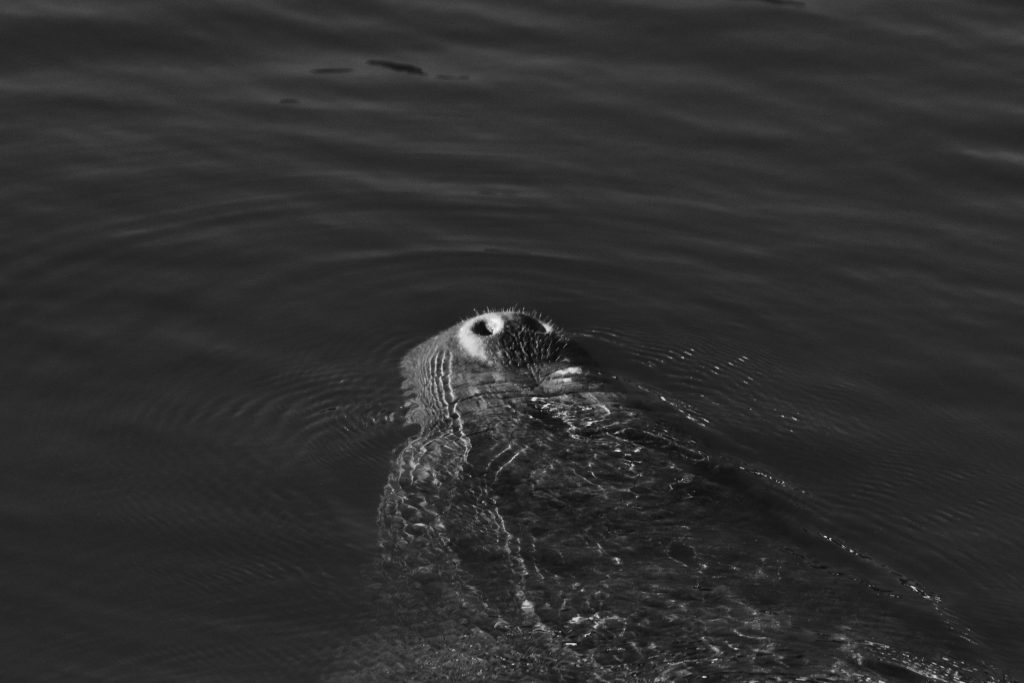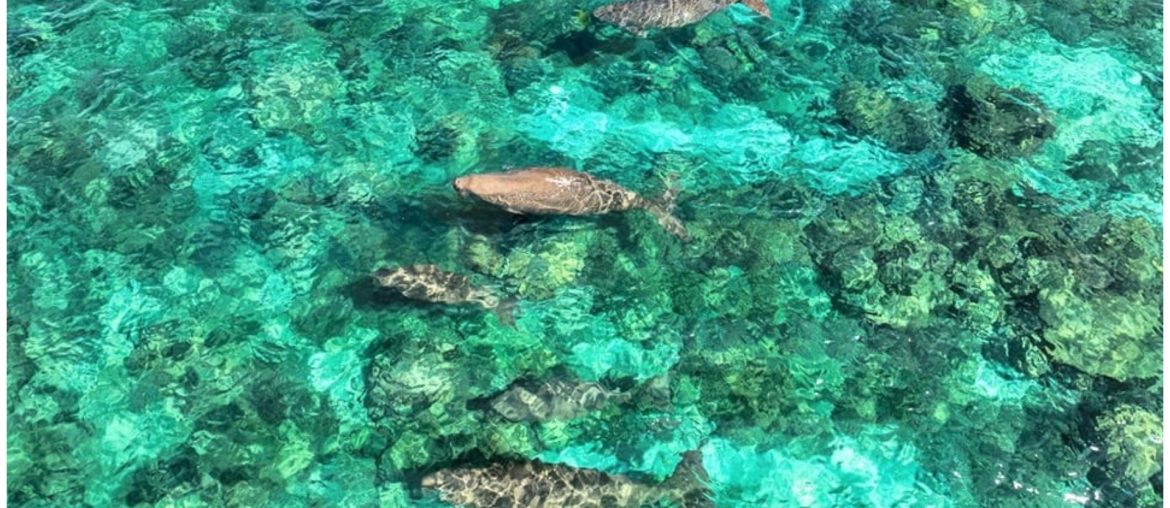Have you ever seen an actual “dugong” with your own two eyes?
Not the television version of a dugong who talks and walks but the marine mammal kind, sea cows which are closely related to the manatee.

Well, it’s not very surprising if you haven’t seen one though as they are already endangered. They are listed as vulnerable on the International Union for Conservation of Nature (IUCN) Red List of Threatened Species, whose range spans 48 countries.
Dugongs are often spotted in shallow protected areas such as bays and mangrove channels, bodies of water where coastal seagrass are abundant as they are herbivores.
Now, one is already a rare sight but five dugongs hanging out at the same time is a magical moment indeed. Considered to be the largest herd of dugong, they were spotted foraging off the coast of Sarangani Bay last week as shared by the Department of Environment and Natural Resources.
They were sighted through a drone camera operated by the Sarangani Bay Protected Seascape’s (SBPS) management office. It was on March 11, the last day of the SBPS Week celebration.
Dugongs are the flagship species of SBPS and are very shy marine mammals which made the sighting more special. It also shows that their efforts are paying off in protecting them.
“We rely too much on the constituents of this area for its protection. DENR alone cannot carry out its functions effectively without the support of the citizenry and the local government units. We must all work together to protect and preserve the biodiversity in the SBPS,”
– Atty. Felix S. Alicer, Regional executive director of the Department of Environment and Natural Resources (DENR) Region 12 and chairman of the SBPS Protected Area Management Board (PAMB)
Atty. Alicer have said that the sighting of dugongs emphasizes the importance of the SBPS remaining as a key marine biodiversity area that by all means should be protected, not only by the governing body but by everyone.
People working closely with the protection of the dugongs have been overjoyed by the proof of their presence as well as they thought that they were losing the species as only one or two dugongs were usually sighted during the mammal monitoring of DENR.

IUCN explained that Dugongs’ population is decreasing due to their food source loss. Sea grass habitat loss or degradation is attributed to various development and industrial activities in the coastal areas that can cause water pollution.
These are beautiful creatures and should be protected. Surely those coastal developments can be stopped as this are not the only specie being bothered but a lot of marine animals as well.



Comments are closed.